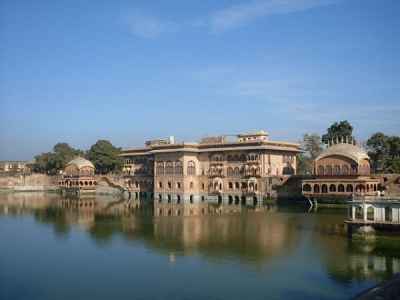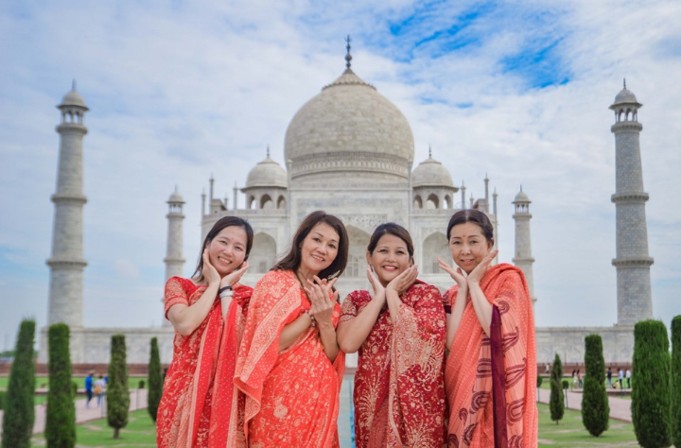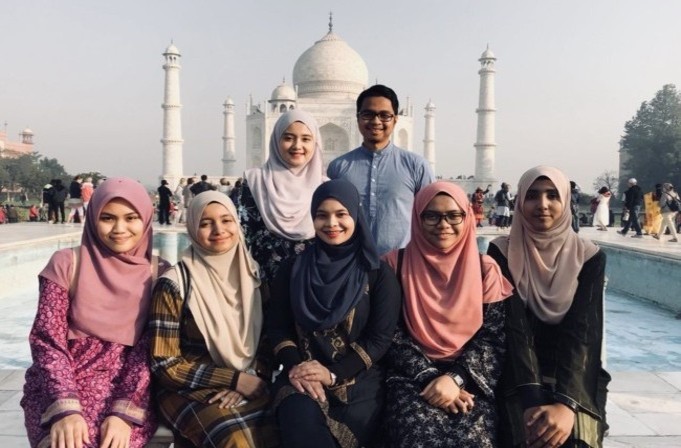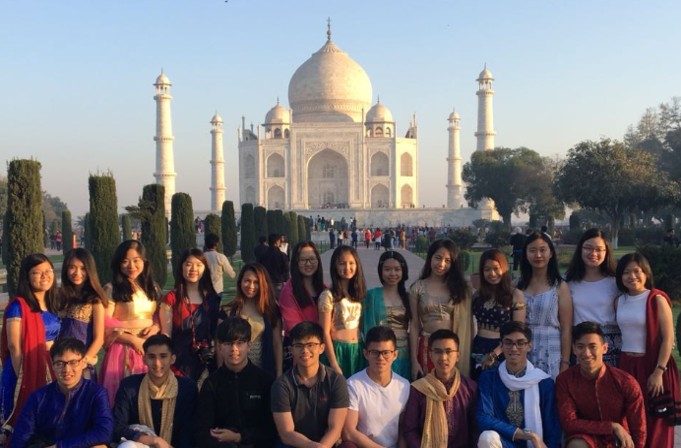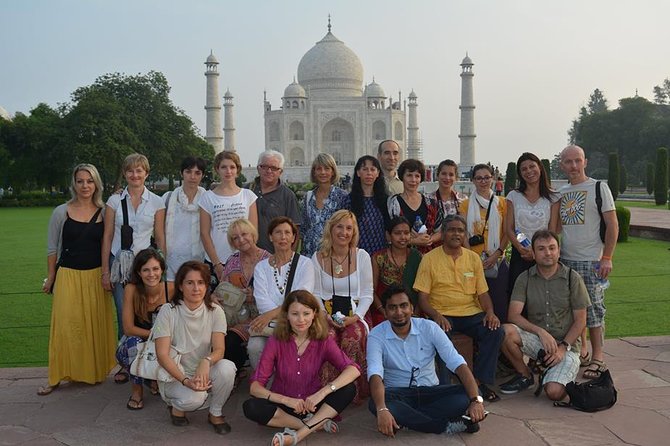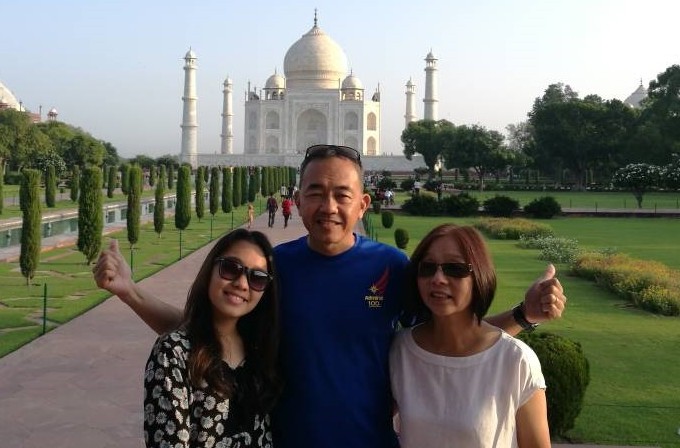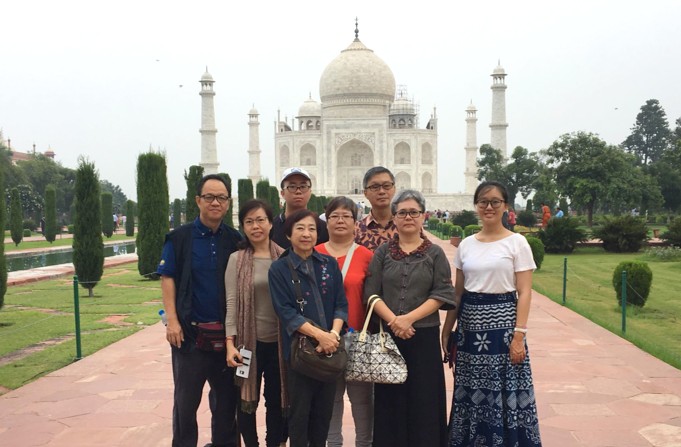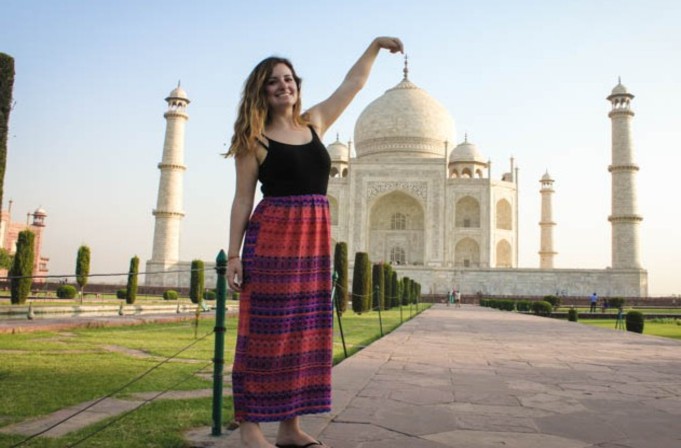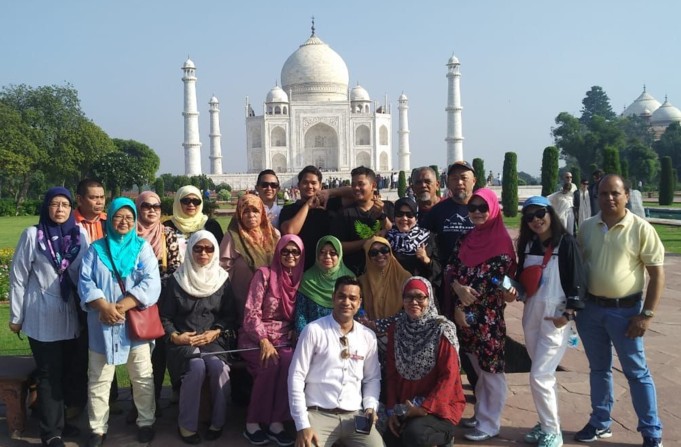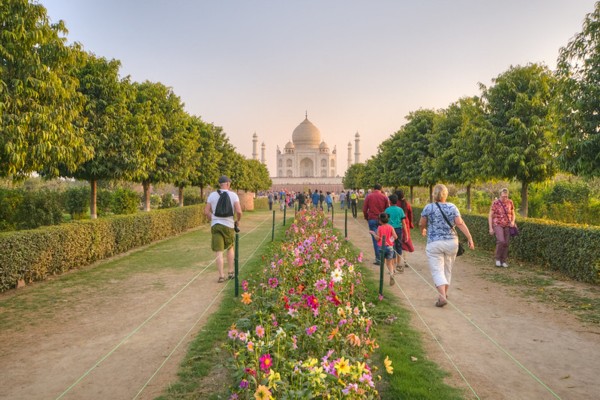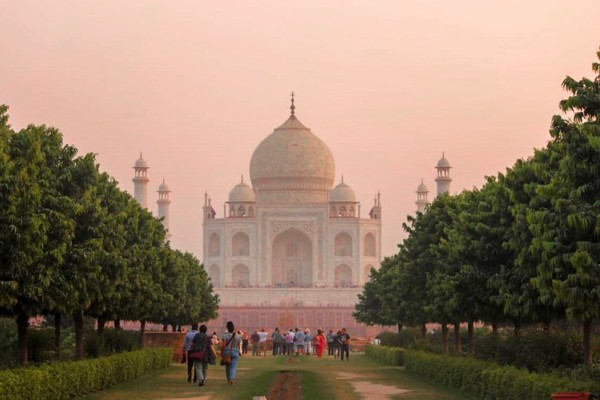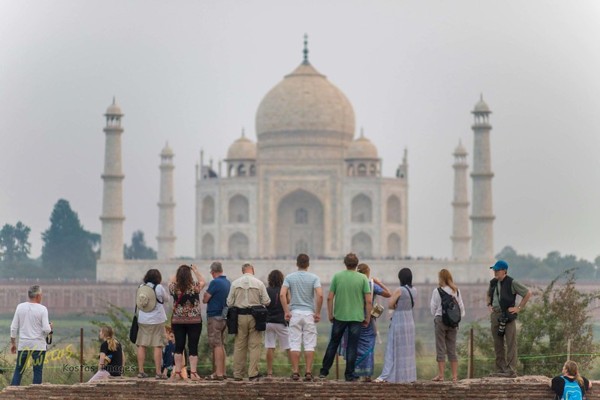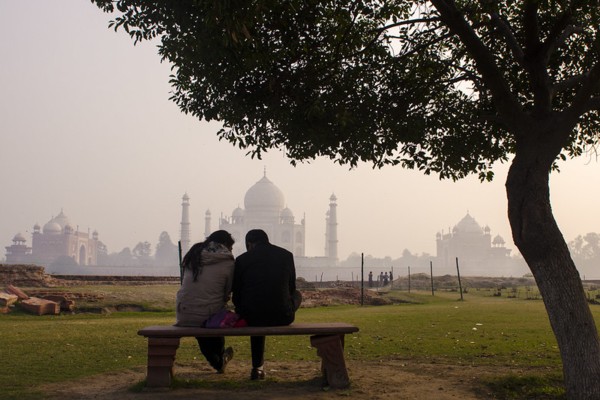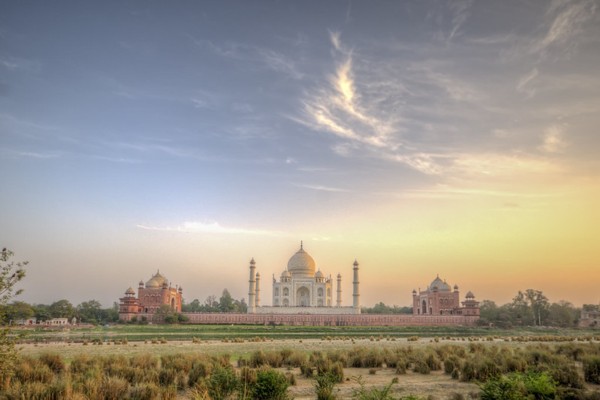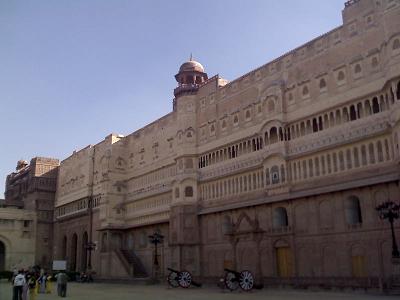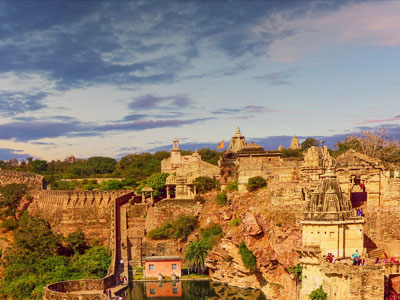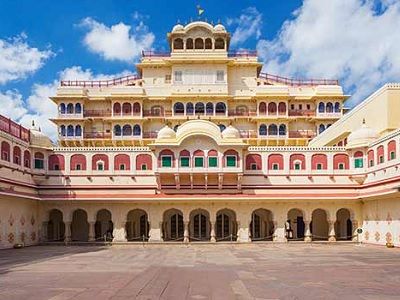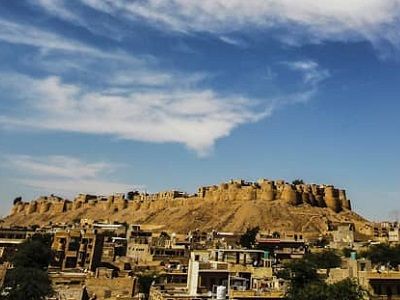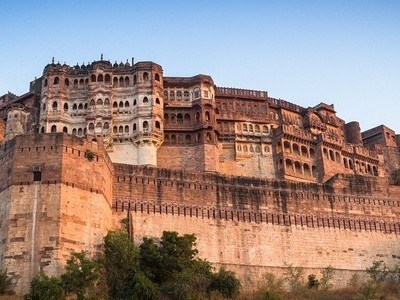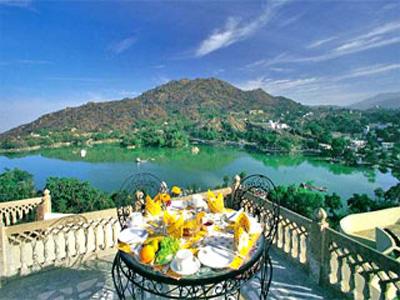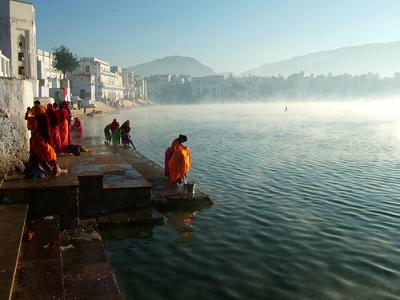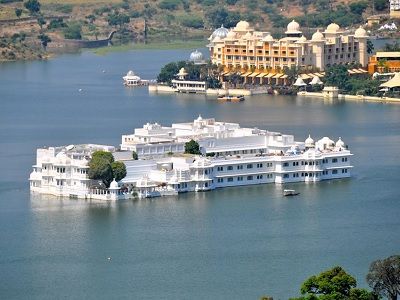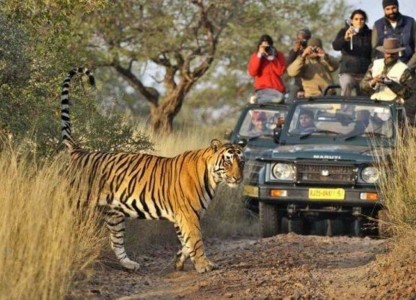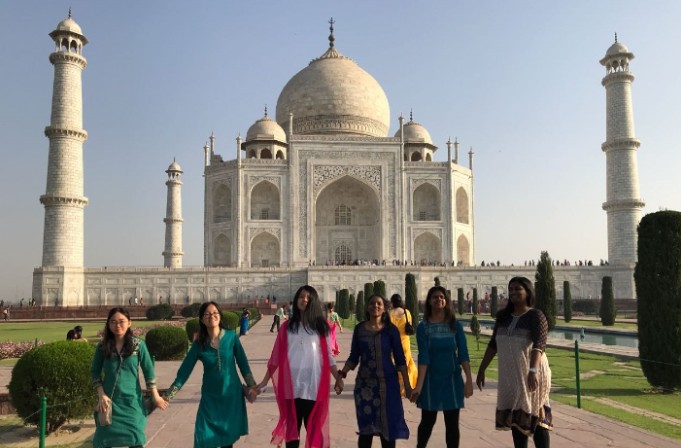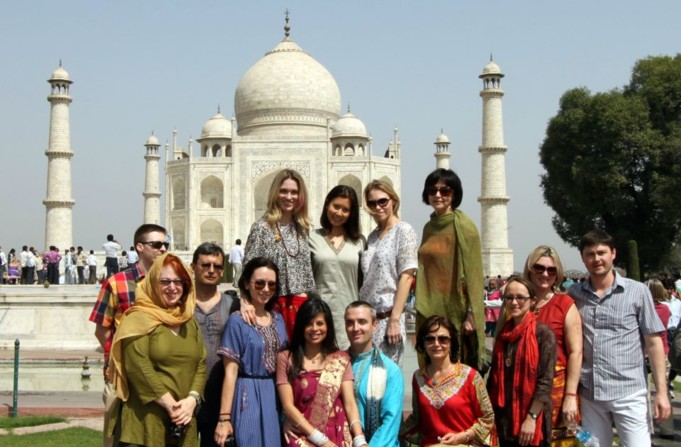Located in northwest India, Rajasthan borders Punjab in the north, Haryana and Uttar Pradesh in the northeast, Madhya Pradesh in the east andGujarat in the south. On the western side it shares a long stretch of border with the neighboring country Pakistan. Situated on the Thar Desert, Rajasthan protects the western border of the country standing as the sentinel who never tires. The art of Rajasthan ensures that people visit the desert.
Rajasthan is diagonally divided into the hilly and rugged southeastern region and the barren Thar Desert, which extends across the border into Pakistan. Within these divisions however, it is a storehouse of varied physical feature or topographical diversity. The arid Thar also boasts of Mount Abu the only hill station in the state famous for its flora and fauna. While the Aravali hills provide the much-needed relief to this arid land, the wide spread sand dunes of the desert and arid region make it one of the toughest terrains in the world. Jodhpur (the second biggest city of the state) is the edge of the dry and shifting desert land from where on the not so arid but cultivable land starts. It is a store house of the art of Rajasthan. Moreover, the rocky range of Amber, hilly range of Mewar, river basin of Bharatpur and fertile Aravali range gives the topography of the state a unique look.
Popular Tourist Attractions in Jaisalmer
Jaisalmer Fort : Jaisalmer Fort is famously known as Golden Fort of Rajasthan. It was constructed by Raja Jaisal, Rajput ruler in the year 1156 AD. It ranks amongst the largest forts in the world. The golden and yellow mixed sandstone offer magical look to the Fort. Rising from the desert sands like a mirage, the fort is a real sight with its 99 turrets during night. The Fort stands tall and proud displaying the magic of Rajasthani architecture.
Patwon-Ki-Haveli : Patwon-Ki-Haveli is located in the main city. It was built by a famous trader named Guman Chand and his sons. This massive five-storied construction has five intricately decorated huge suites. The large corridors and the decorated walls are excellent representations of the art form that prevailed. The entire construction is made of yellow sandstone. The grandeur and the architecture of the monument add immense value to the cultural heritage of the city. Out of the five havelis, one is converted into a museum. The third haveli houses the works of local craftsmen of the bygone era.
Bada Bagh :
Bada Bagh means ‘Huge Garden’. Maharawal Jait Singh’s period saw its construction, which was in the beginning of 16th century. His son Lunakaran completed the construction after the death of his father. The garden served as a memorial where the nobles and their families were cremated. The garden offers a stunning view. The place is isolated. If you visit the place during sunrise and sun set, you are guaranteed of beautiful moments, which you cannot avoid clicking.
Sam Sand Dunes :
To have a feel of the desert, you need to undertake Desert Safari. Sam Sand Dunes is the ideal location to set off for the Desert Safari. You will love the safari on camelback that would take you along crests and troughs and you could watch the picturesque sunset on the desert. Jeep safaris are available as well. Desert festival is organized in the months of February and March. If you are around this time, you would not want to miss the folk dances, camel races and other cultural events conducted here.
Fairs and Festivals in Jaisalmer
The Jaisalmer Desert Festival is an annual event that take place in February month in the beautiful city Jaisalmer. It is held in the Hindu month of Magh (February), three days prior to the full moon. The festival is celebrated amidst the beautiful dunes of the Thar Desert in the Sam dunes (42 kilometers from Jaisalmer). Romantic, remote and unspoiled, the location comes to life during the three day extravaganza of the delights of the desert.
Desert Festival : The celebrations of this festival make the desert come alive with color, enthusiasm and happiness. The festival commences with a procession in the morning from the Jaisalmer Fort to the Shahid Poonam Singh Stadium. The locals dress in traditional and bright costumes. They sing and dance depicting the tragedies and accomplishments of the desert. The Gair and the fire dance are highlights of the festival. The Kalabaz or the Nat’s are a group of local nomads who are popular for their gymnastic acts. The Bhopa’s Langhas and Manganiars create an enchanting environment with their poignant folk music recitals and ballads.
Be a spectator of rare competitions like camel polo. Cheer for camel races. Gymnastic stunts on camel back and camel formation dancing are the crowning jewels of the festival. These competitions are followed by the Border Security Force Camel Tattoo. Tug-of-war, turban tying, Maru-Shri (Mr. Desert competition) and the longest moustache competition are others allures. The grand finale of the festival is the Rajasthani folk concert following an Air Force display, cricket match and parachuting. This festival end on Poornima (full moon day) in the Sam dunes with the “Sonar Qila” Jaisalmer Fort in the background creating a fairy-tale ambiance. Delicious food, interesting stalls displaying artifacts, handicrafts and other souvenirs are also available at the festival. Desert safari and camping can be also enjoyed at the eve of the festival in Jaisalmer.
Dates of Jaisalmer Desert Festival 2019
In 2019, Desert Festival, Jaisalmer is being celebrated from 17th February to 19th February. The three day celebrations is an extravaganza of sights, smells, tastes and unique delights of the desert city.
By Air
Jaisalmer airport is located 5km from the city and is well connected by air with New Delhi, Jaipur and Jodhpur. However, it is managed by the Indian Air Force and is functional only from September to March. So Jodhpur airport at a distance of about 285 km is the better option. Delhi is the nearest international airport.
By Rail
Jaisalmer’s railway station is 2km east of the city. The city is well connected by rail with Jodhpur as well as other major cities of India including Agra, Jaipur, New Delhi and Mumbai.
By Road
Bus runs to and from Jaisalmer by Rajasthan State Road Transport Corporation on daily basis. Jaisalmer is connected to the cities of Gujarat and Rajasthan by ewll maintained roads. The two main bus stands in Jaisalmer are Golden Bus Terminal and Roadways. The bus and taxi services are frequent for the visitors.
Best Time to Visit Jaisalmer
October to March is the best time to visit Jaisalmer. The weather during this time is pleasant and breezy and the best time to enjoy the colourful sandy terrain. Situated in the heart of Thar Desert, the summers are extremely dry and hot and must be avoided. The heat will definitely take a toll on your body and you will not be able to enjoy your trip to the fullest. During winters, the temperatures fall upto 1 or 2 degree Celsius, especially during the night, so warm clothing is necessary. The monsoon season is also a good time to travel to Jaisalmer. During this time you might get a glimpse of some greenery growing on the arid turf. Jaisalmer is a colourful and vibrant place with an even more beautiful culture that should be a must visit.
Jaisalmer in Winter (November-February)
Winters are the best time to be here. Beginning from November until March, the weather of this otherwise torrid place is plesant. Temperatures range from 5 to 24 degrees celcius during the day and drops to 7 degrees at night. This is the ideal time to get a flavour of this magical place by exploring the streets and the different monuments, the weather also makes it easier to explore the grand palaces which are splendidly built using yellow sandstone and the temples that have intricate carvings. This is also the perfect time to enjoy on the sandy terrain of the Thar Desert indulging in some winter activities like the camel ride and Desert safari. The windy weather makes these activities even more pleasurable. A desert festivl is also organised in Jaisalmer in the month of January, during which the whole place is filled with colours and festivities
Tips For Visiting Rajasthan
For travel to any destination, there are certain precautions that one needs to take before starting the exciting journey. There are certain tips that the travelers should follow while traveling to Rajasthan which include:
Check the itinerary: Every trip has an itinerary which the tourists follow during the travel. By checking the itinerary, you will get an idea about the duration of stay. This will help to pack enough clothes for the stay. Rajasthan is hot during the day and temperatures drop down in the night. So, take the suitable types of clothes.
Weather updates: Before packing for the trip it is better to check the weather forecast for the stipulated time duration. This will help during the travel and for selecting the types of clothes. If the climate is hot during the stay, then visitors should select the light-colored clothes. Also, if the trip is during the winter season carry winter wears.
Make a checklist: Make a list of all the things that you need during the trip. It helps to check it while packing the luggage and this way you do not miss out any of the necessary things. Strike off the item from the list once included in the luggage. Do not forget to pack important documents like identity proof, hotel and travel reservation documents, etc. in the checklist.
Pack only necessary things: It is important to take only the things that are really needed during the trip. Carry an extra set of clothes but avoid overpacking with unnecessary things.
Save some packing space: A trip to Rajasthan is incomplete without shopping. Every person who visits this beautiful land does some shopping. There’s a lot to shop from the Rajasthani markets which include clothes, artifacts or souvenirs. Anything that you purchase will be a part of the luggage. If you are traveling by air route, the luggage limit can be a problem. Hence, it is better to save some space while packing for accommodating the shopping items on the return journey.
Cash: As Rajasthan is a part of the golden triangle, many shops here accept the card for the payment purpose. But it is also necessary to carry some cash during the travel. Some small shops or exhibitions may not have the facility for card payment. At such places, the cash may become useful. Take precaution while handling cash. Do not keep all the money at single place. This will help to ensure that some money is safe even in case of theft or robbery.
Accommodation: Rajasthan is a major tourist center, it has many hotels and lodges to accommodate many crowds. But it will be better to do the prior booking. This will help to select the hotel as well as the type of room as per your needs and wish. The advance booking also helps to get the rooms at an economic rate as the last-minute bookings become more expensive.
Separate packing: Keep the toiletries and makeup material separately. If you are on medication, then pack of medicines and keep them handy so that the medication box is easily accessible in case of emergency. If you are on specific medication, carry those in sufficient amount. Being a tourist place, you will find a chemist shop but not necessarily all the medicines are available. Thus, it is necessary to carry all the important medicines along with the proper prescription.
First-Aid box: The first-aid comes handy if anyone gets hurt during the trip. Due to the change in the climate, you may suffer from cold or dehydration. The box should contain the disinfectant, bandages and common medicines for a cough, cold, etc.
Safety and Precautions: Rajasthan has hot and dry climate and thus, it is necessary that the visitors should carry proper protective gears like a cap, goggles, scarf, jacket, etc. Wear sunscreen lotion to protect them from the scorching heat.
